Developing Your Child’s Artistic Ability
Children have natural artistic ability that can easily go undeveloped or become stifled by inappropriate activities; this often results in frustration and beliefs such as “I can’t draw.”
Helping your child’s artistic ability unfold is a great gift you can give him. Though he will not necessarily grow up to be an artist, he will maintain a living relationship with color, will be able to appreciate the play of light and shadow with a sensitive eye, and will feel confident about expressing himself through some artistic medium and find enjoyment in the process.
Children love colors and unite with the colors that flow toward them from their surroundings. Children’s feelings are also strongly affected by colors, so that one color may produce a feeling of well-being while another calls up a feeling of discomfort. Because children are so much more receptive than adults, their experience of color is all the more intense.
In the first seven years, the young child takes in everything with his total being; body, soul, and spirit are still united. The young child is completely open to experiences of color in the environment, and for this reason we need to create environments that reflect this sensitivity to good artistic qualities – colors, forms wall decorations, sounds, and toys. This achieves a deeper effect than “art education” offered in a few spare hours.
In Painting with Children, Brunhild Muller states, “Not only do children perceive the color but at the same time they sense its quality, they feel in themselves its intrinsic nature, and they are conscious of the non-material essential being of such color. This consciousness is lost as the child grows older, and by the time children go to school, they experience colors as attributes of objects (the blue ball, the red roof and so on).”
It is appropriate to expose the young child to activities such as painting and crayoning in a way that emphasizes the experience of color rather than approach these activities as “lessons” during which the child has to imitate the adult or achieve an end product or finished form. Such experiences of art are valuable for the young child as pure color experiences. Such experiences can also lead to abilities that can be transformed throughout the child’s life.
WATERCOLOR PAINTING WITH YOUR CHILD
One of the best experiences of color for the young child comes through painting with watercolors on wet paper. Colors are in their own true element in water. Their waving, shimmering, and streaming nature is manifest the moment they lose their heavy and earthy hardness. Rauld Russell, who wrote “How to Do Wet-on-Wet Watercolor Painting and Teach Your Children”, explains it thus:
A wet paper surface lends flowing movement to color. Color in a thin sea of water can move, mingle, change, lighten and darken, just like feelings and emotions. To fix all the richness of inner life, all the potentiality, into a rigid form with hard boundaries (as one would do in “dry” painting) can evoke “hardened” images of life. The application of wet-on-wet most truly corresponds to the soft, unfinished, still growing nature of the child.
No one paints like kindergarten-aged children, because they are totally unself-conscious. If you are not familiar with children’s paintings done in this wet-on-wet technique, two inexpensive books with color illustrations of such paintings are ‘Painting with Children’ by Brunhild Muller and ‘Echoes of a Dream’ by Susan Smith. You can easily do this kind of painting with your child, and the results are beautiful.
Supplies
The thought of stocking up at an art supply store may be intimidating to you, but you only need three tubes of color such as red, yellow, and blue, which allow an infinite number of other colors to appear on the paper under the child’s excited gaze.
Russell reminds us that “because watercolor painting reaches into the deep psychobiological processes that affect a child’s growth, for a very young child you will want to choose a bright medium lemon yellow, a cobalt or ultramarine blue, and a rose-crimson red. The purity of the color is essential.” He recommends Stockmar, Grumbacher, Winsor Newton, or other artist-grade watercolors. Inexpensive acrylics will not work.
It is also worthwhile to invest in some good-quality paper such as Grumbacher or Aquabee all-purpose paper or Strathmore 80 – to 90-lb. painting paper.
Less expensive paper will not bring out the luminous quality and intensity of the colors and will shred into paper-towel consistency before your child finishes a painting. Large sheets of paper are expensive but can be cut into four pieces, and you and your child only need to paint one picture each session.
While you are at the store, buy yourself and your child a large flat brush (at least ¾ f an inch wide) rather than a pointed brush. The flat brushes enable a greater experience of color and discourage outlining.
Other items you will need include:
- A set of three baby-food-sized jars for each painter.
- Pint-sized jars for premixing and storing each color (you may need to store them in the refrigerator to keep them from spoiling)
- Similar jars for rinsing brushes between colors (the advantage of jars over cans is that they don’t rust, and the child can see the changing color of the water as he paints-fully as interesting as the painting itself)
- A wooden or Masonite board (16 x 20 x ¼ inches), handy both for painting and for keeping the paintings horizontal so they don’t run while drying
- A clean sponge for wiping off the wet paper before starting
- A sponge or cloth for each painter to wipe her brush on
- Smocks or painting shirts
Preparation
Children love to help with the preparations for painting. Putting on your smock and getting out the materials will almost always produce a willing helper.
- Prepare the paper by cutting it to size (a two-year-old will need a smaller piece than a five-year-old). In the Waldorf early childhood programs we always round off the corners of the paper because the rounded form is more fluid and suitable for the young child than the square form. The rounded form also frees the children from painting around the outline of the paper, which many will do with a square sheet.
- Squeeze some color from the tube into your mixing jar and add water to dilute it to the consistency of a light syrup. You’ll need more paint for yellow than you will for blue. Then put a small amount of this premixed color (a maximum of ½ inch) in each painting jar so little will be wasted if it becomes muddied or spilled. You can store the extra and refill the small jars as needed.
- Put the individual sheets in water to soak. A sink will do; a plastic tray is helpful if you have many children painting.
- Let your child help put the painting boards down and fill the water jars. Arrange the three paint jars on each board and give a dampened sponge to each painter to wipe her brush on. Keeping the brushes until everything else is ready will prevent enthusiasm from carrying everyone away prematurely.
- Now put a sheet of paper on the board and wipe it off with the sponge that is reserved for this purpose. If the paper is too wet, the colors will float away and dry into puddles. But don’t wipe it too dry, either!
Starting to Paint
The first time you use these techniques with a young child, you can mix up just one color. Then, over the first several sessions, the child will experience what yellow, blue, and red have to tell him when each is used all by itself.
You will want to demonstrate for your child how to wipe the brush dry on the edge of the water jar and then on the sponge before it is dipped into the color so that later on greater control can be achieved.
When you introduce two colors, demonstrate how the paintbrush needs to be rinsed before changing colors. I often said something like, “Peter Paintbrush needs to take a bath and wash his hair before he puts on his new clothes. And he needs to dry his hair on the sponge first to see if it is clean” We would look at the sponge to see if it was clean, and if so, Peter would go into the next color. Wiping the rinsed brush on the sponge both tests for cleanness and removes excess water. That simple technique is all you need to teach during painting-you don’t need to provide lessons or themes-but keep a watchful eye, as young children don’t always remember to rinse their brushes. Simply let the child experience the colors as they unfold in his painting. Because young children are so imitative, it is best for you to do a similar kind of color painting without trying to bring form or meaning to it. Let your child lead you rather than the other way around.
When you start working with two colors, your child will be delighted to discover what happens when yellow plays with blue, for example.
The children’s experiences with color are alive and active when they paint in this way, so they will have had a living experience rather than an intellectual idea that “yellow and blue make green.” Not having had the experience of such things myself as a child, I can recall being ten years old and trying to remember whether yellow and blue made green or blue and green made yellow. Children who paint in this way never have that intellectual dilemma!
Over the weeks you can introduce yellow and blue, yellow and red, and red and blue before you put out all three colors at once. You won’t need more than the three primary colors until your child is in grade school. For suggestions on how this approach to painting can evolve with older children.
From a foundation of having experienced the colors, older children are gradually able to bring forms out of the colors, rather than trying to paint forms based on outlines like a coloring book.
CHILDREN’S EXPERIENCE OF PAINTING
Three-year-olds are often satisfied with a single color, and they are finished painting only when their color jar is empty. If a three-year-old is given two or three colors at the start, he will probably paint the colors on top of, rather than next to, one another, and a muddy surface will result.
But if you being with a single color and only gradually add the second and the third, your child will soon learn to paint by laying the colors next to one another.
Four- and five-year-old children paint with the colors next to one another on the paper, and they will happily share their discoveries of the new colors or the forms that have appeared on their paper.
Five-and six-year-olds will approach painting with more of a plan, just as they now approach free play with an idea of what they want to do. Before they dip their brushes into the first color, they often have an image of the color they want to use or an object, such as a tree, rainbow, or heart that they want to paint.
The watercolors and damp paper make it difficult to paint solid outlines, which is good for the further development of the child’s fantasy forces. Many times when the children add a new color to the already started form, they will have a new sense association that will interact with the fantasy. These older children will gladly tell you or another child something about their picture, such as which color they especially like or what content they discover in the painted picture.
Be receptive to any comments your child makes, but refrain from asking, “What is it?” or “What does it mean?” The child has had a color experience that may not result in any completed forms. Also, it is better to praise the beauty of the colors or the nature of their interaction rather than the artist. This postpones self-consciousness and the element of judgment.
Once you have already put any favorite paintings on display on the refrigerator or walls, you will soon have a growing stack of colorful paintings that you can use for other purposes, such as birthday initiations, place cards, gift wrapping, crowns, book covers, or origami figures. Even those paintings that don’t appear very interesting often have areas where the colors flow beautifully and that can be cut into wondrous things.
BENEFITS IN LATER STAGE OF LIFE
In addition to being a wonderful activity, there are other benefits of painting. When a child finds the colors used in this way as true to his own inner experience and being and then finds them again in nature, he will look at them with more sensitivity to the interplay of light and color.
Even if it is not his destiny to become an artist, he will have a greater understanding and appreciation of the world, having been awakened to reverence.
There are other benefits less directly related to the artistic experience but still of great value in a person’s life. These qualities in later life that were unconsciously influenced by the young child’s experience of painting are discussed by Freya Jaffke in her article “About Painting and Human Development through Art.”
For example, painting includes such processes as being careful, paying attention, waiting, following the course of the work, experiencing the laws of color mixing, and applying color in various strengths. Jaffke sees the following connections:
All of these activities give ever-renewed stimulus to the gradually awakening soul of the child, helping him to grasp his physical body and make his sense organization and his limbs ever more responsive. One who at an early age has learned to pay attention to the strength or delicacy of color and to gradations in applying it will later find it easier to apply the same soul capacities in social situations, for example in self-assertion and in acquiescence or in the ability to hold conversations in which he brings forth his own arguments and is yet receptive to the responses of his partner. In a similar way, the adult process of logical thinking is helped by the inner order in the sequence of the steps of painting.
As Jaffke points out, “sequencing” is best learned by the young child through doing, not by talking about what we did first, second, and last.
She writes:
Naturally, the child is not conscious of this. He does not reflect on what he is doing, but lives intensively in the activities. In this way he has experiences at deep levels, which can wait there to be grasped by him consciously in later stages of life and to find expression in an ability to lead his own life. These effects reveal the true human justification for artistic endeavors in the preschool. Art is not an aesthetic add-on to “real life,” but as an exercise of continual striving it can become the foundation of a truly human mastery of life.
Many wonderful ideas for painting & artistic projects can be found pretty much everywhere. Just need to look around.
FREEING YOUR OWN INNER ARTIST
One of the added benefits of doing these artistic activities with your children is that you can reclaim and nourish your own innate creative ability, which may have been squelched through lack of use or beliefs such as “I’m not good enough” or “I can’t paint.” One of the most exciting things about growing along with your child can be the rehabilitation of your own childhood and artistic ability.
Taking a little time for yourself not only can change your life, but it can also provide you with the creative and nurturing forces that you need for your parenting.
According to Julia Cameron (author of “The Artist’s Way: A spiritual Path to Higher Creativity”), a lot of times people think that art are decadent – they say, ‘but what about all the starving people?’ If you are emotionally and creatively starved yourself, you don’t have the sense of abundance necessary to be as helpful as you might be to others.
If you are filling your own well, if you are caring for your own spirit, then you are able to effectively help others.” The creative path goes well beyond creating art and into every moment of life itself.
Okay… What are you waiting for? Go On… Paint with your child and you and your child will have a great time while developing artistic ability….



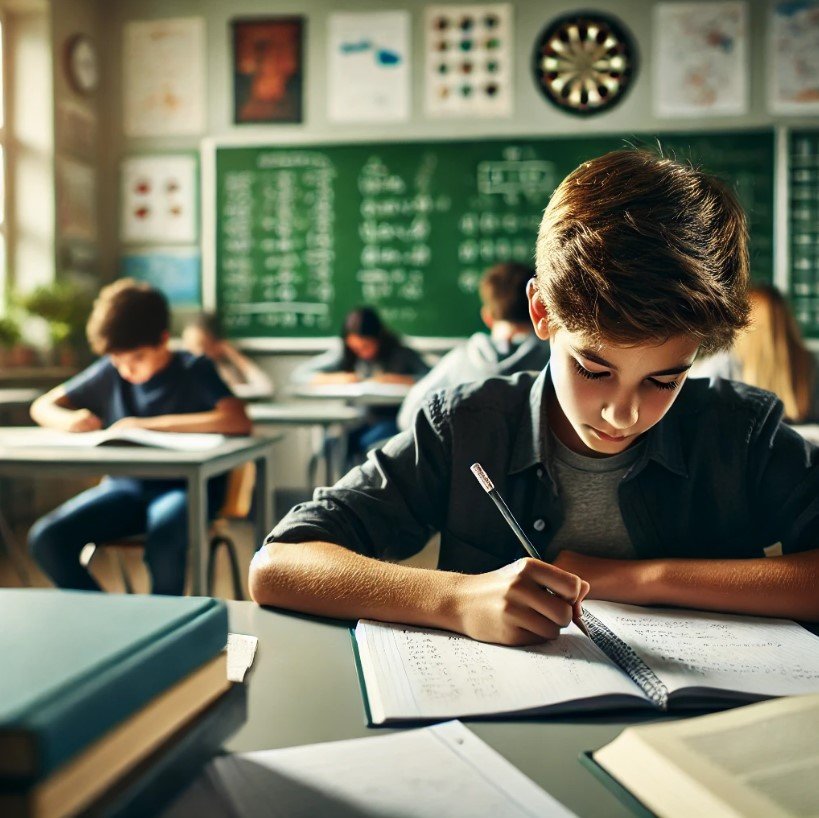
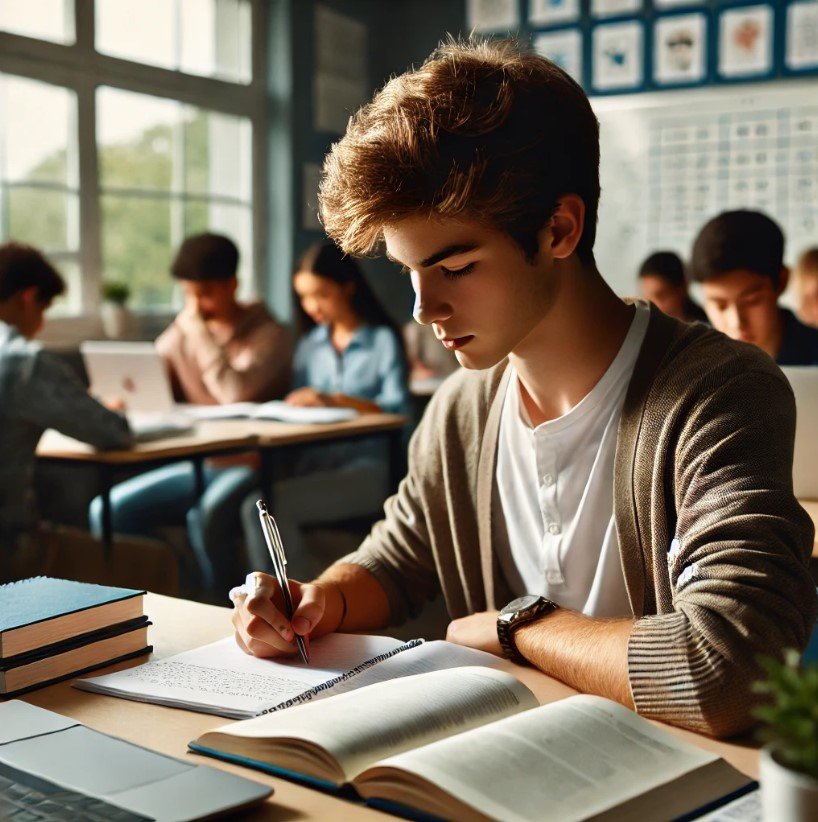


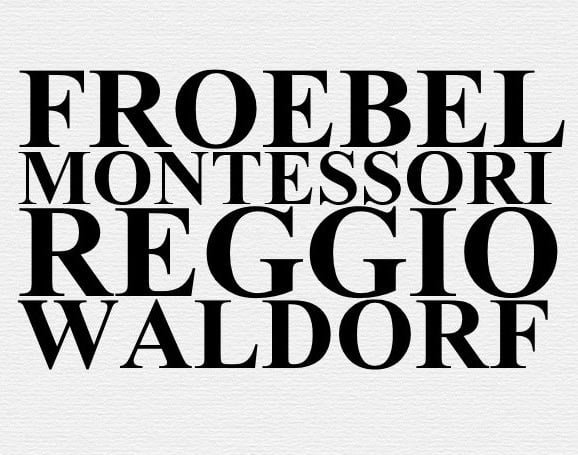
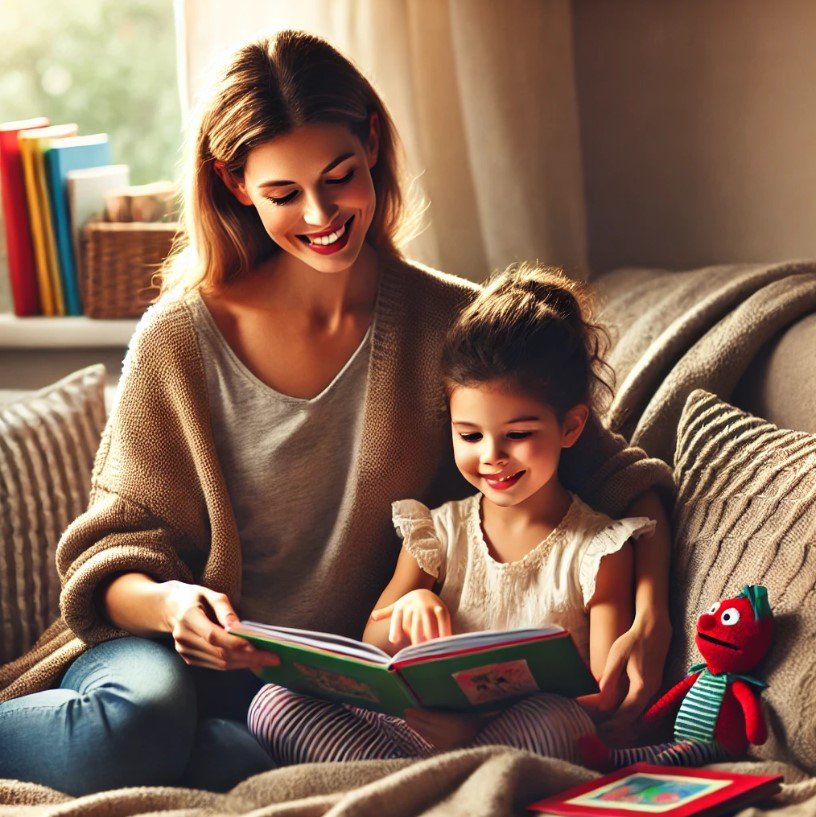
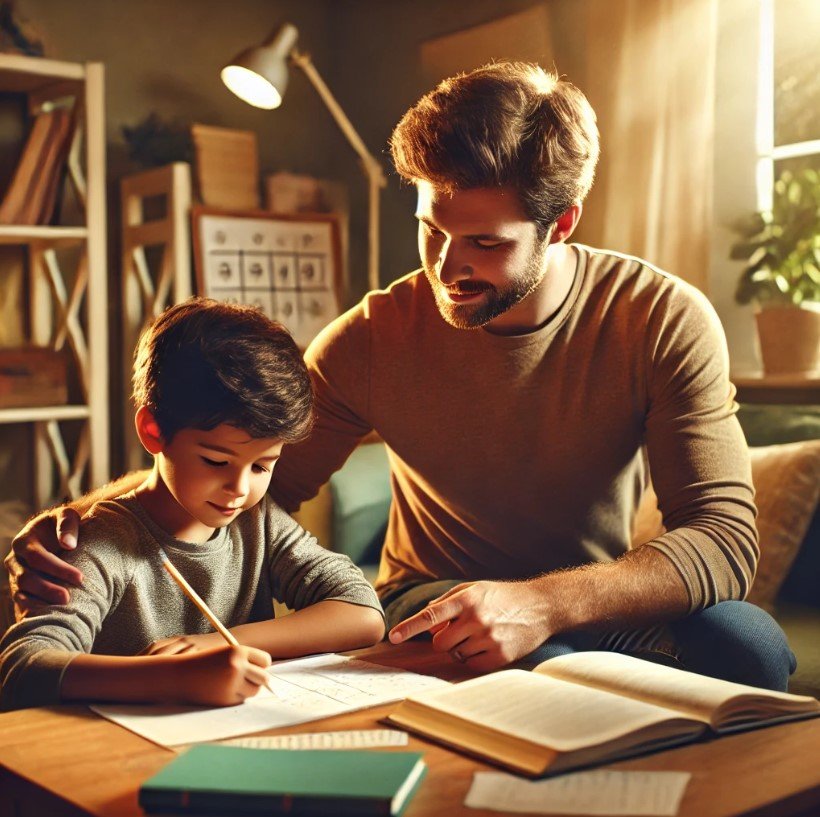

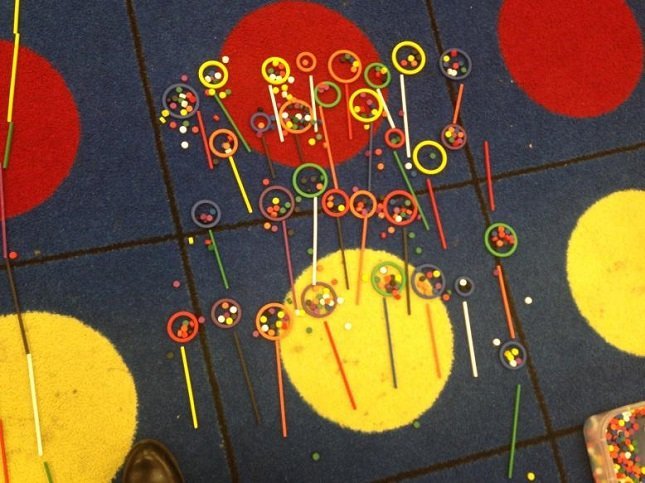

LEAVE A COMMENT